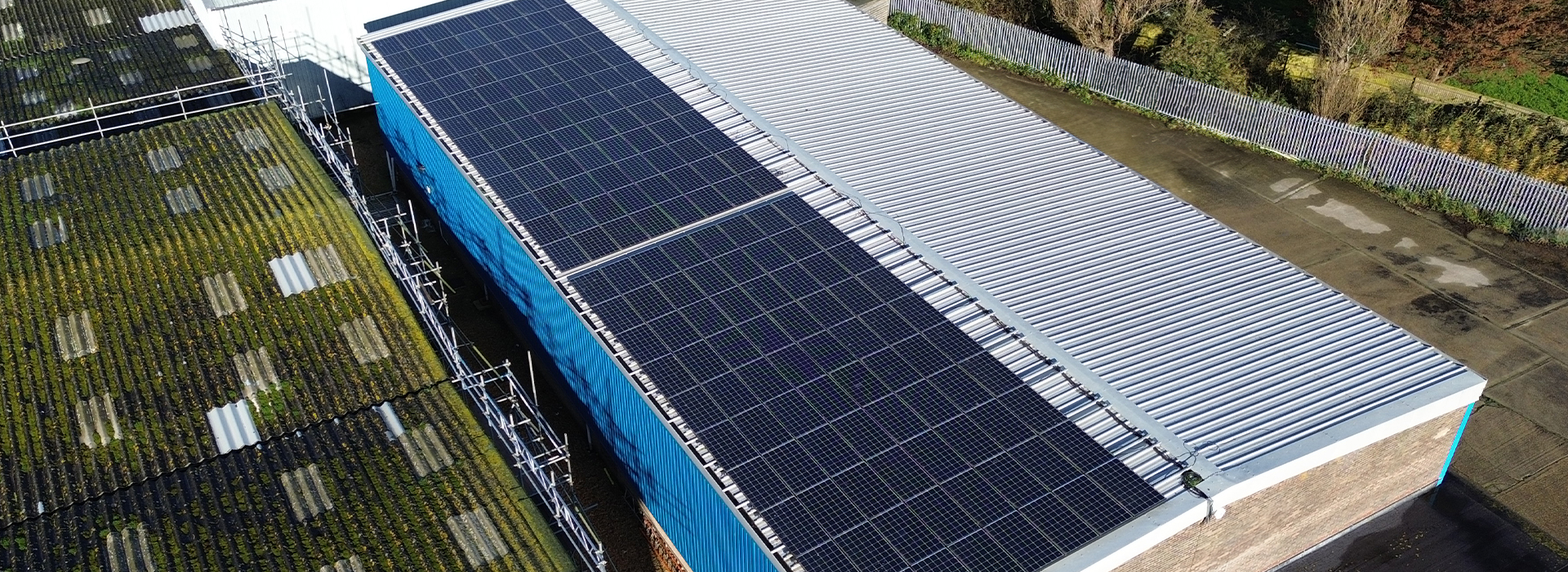As the winter season blankets our surroundings with snow and ice, it brings forth not only picturesque landscapes but also a set of challenges, particularly for industrial and commercial buildings. Flash freezes, characterized by rapidly dropping temperatures that transform wet surfaces into ice, pose significant risks to the safety of workers and occupants. One crucial aspect that demands attention in such conditions is fall protection. In this blog post, we will explore the reasons why industrial or commercial buildings should implement effective fall protection measures during flash freezes.
Reducing Slip and Fall Incidents: Flash freezes create treacherous conditions with icy surfaces, increasing the likelihood of slip and fall incidents. Implementing fall protection measures, such as anti-slip coatings, guardrails, and safety nets, can significantly reduce the risk of accidents. These precautions create a safer environment for workers and prevent injuries that may result in lost productivity and increased workers’ compensation claims.
Compliance with Regulations: Occupational safety regulations mandate the implementation of fall protection measures in workplaces to ensure the well-being of employees. Failure to comply with these regulations not only poses legal risks but also jeopardizes the reputation of the business. By investing in fall protection systems, businesses demonstrate a commitment to workplace safety, aligning with regulatory requirements and fostering a positive corporate image.
Preserving Workforce Productivity: Accidents resulting from falls can lead to injuries that may require extensive recovery time. This not only impacts the affected individuals but also disrupts the workflow of the entire team. Fall protection measures act as a preventive barrier, preserving the productivity and efficiency of the workforce by minimizing the occurrence of accidents and the associated downtime.
Minimizing Liability and Insurance Costs: Inadequate fall protection can expose businesses to significant liabilities and increased insurance costs. Work-related injuries can result in legal claims and higher premiums. By investing in fall protection systems, businesses demonstrate a commitment to employee safety, which can positively influence insurance premiums and mitigate potential legal expenses.
Conclusion:
As winter brings forth its challenges, ensuring the safety of those working in industrial and commercial buildings becomes paramount. Fall protection measures not only comply with regulatory standards but also safeguard the well-being of employees, preserve productivity, and shield businesses from legal and financial consequences. In the face of flash freezes, a proactive approach to fall prevention is not just a regulatory requirement but a fundamental responsibility that businesses must embrace for the welfare of their workforce and the longevity of their operations.



